There is only one sound which is universally frowned upon regardless of musical genre, and that sound is the Minor 9th. Whether you are listening to Jazz, Classical, or Popular music, this interval produces a harsh sound that rarely works in any context. While it can sometimes work if prepared carefully, the key word is caution. The more skillful you are at recognizing this interval, the better your chances of not falling victim to it.
A Minor 9th is equivalent to a Minor 2nd plus an Octave.
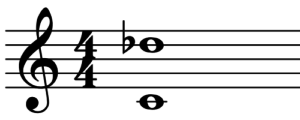
In a complex score with many parts, it can be very challenging to identify where minor 9ths occur. Here is a simple rule of thumb that may be used.
- Know if your chord contains any half steps, and where they occur. Major and Minor triads don’t contain half steps. However, larger chords such as Major 7th chords do. For example, in a C Major 7 chord, the half step is between B and C.
- Identify places where the lower note of a half step is being played in a lower voice and the upper note of the half step is being played in an upper voice. In a C Major 7 chord this would mean B in a lower voice, and C in an upper voice.
- If there is at least an octave distance between them, you have a Minor 9th.
Here is one of the most common (and offensive) examples of a Minor 9th. The chord is C Major 7 which contains the notes C E G B. It is inverted so that B is in the bottom voice and C is in the top voice. Together these form a Minor 9th.
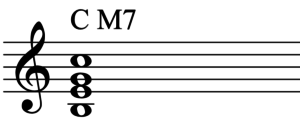
Supposing you have identified that a Minor 9th is occurring, how do you correct the problem without totally rewriting the measure? That is simple: swap the position of the two notes.

Minor 9ths can occur normally as non-harmonic tones. They pose no special threat if approached and left carefully. The same rules apply as with other non-harmonic tones. It is still useful to be aware of their sound. When used correctly, their characteristic tone will still be present, but weak enough that it is not harmful.
This example is relatively harmless because the minor 9th is approached by step, meaning its sound will not be too strong.
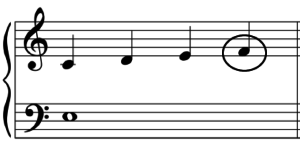
The only commonly used chord containing a Minor 9th is the Dominant 7b9 chord. This can be seen in both jazz and classical idioms going back to J.S. Bach.
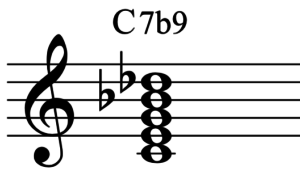
It may also be used in horror film music to evoke fear and tension. The lesson here is that when a harsh sound is desired, this interval can be useful.
Even when used to create tension, however, some care must be taken. Because the Minor 9th is the most dissonant of all intervals, it is also the least resonant. That means that when used in an orchestral setting, the result can sound dull, even weak. There is no reinforcement between the partials of the various notes. Therefore if a loud, bombastic sound is desired, again the Minor 9th may not be the ideal choice.
Strangely, its lesser sibling the Minor 2nd interval is more agreeable. For example, this voicing of a C Major 7 chord contains a Minor 2nd interval, and sounds very pleasant:
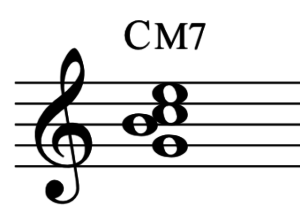
In short, Minor 9ths must be used with caution. The only commonly used chord which employs this interval effectively is the Dominant 7b9. As non-harmonic tones, they can be used as long as the normal considerations regarding approach and departure are followed. In an orchestral setting related intervals such as the Minor 2nd or Major 7th might be more favorable.
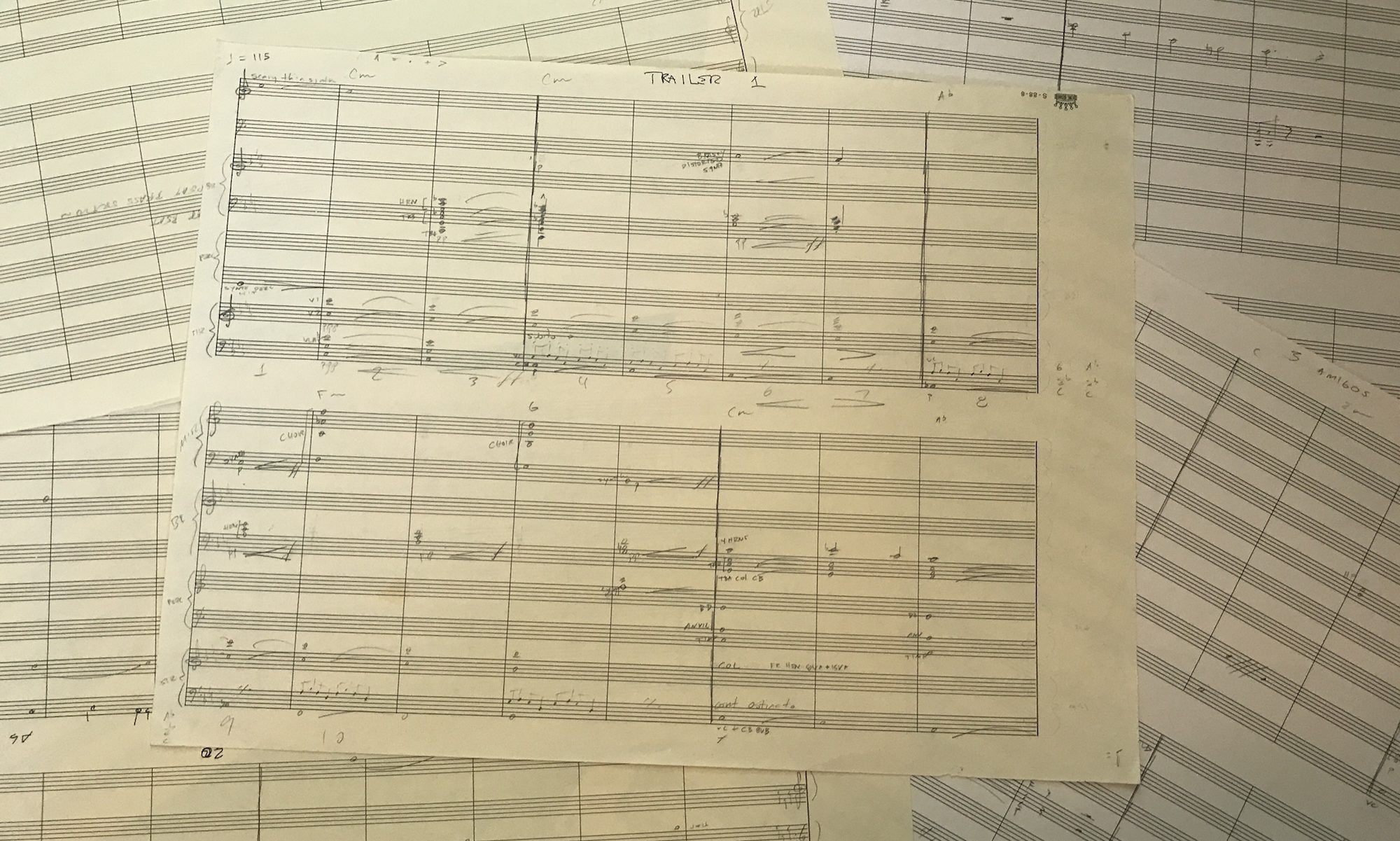
Hi, this is a comment.
To get started with moderating, editing, and deleting comments, please visit the Comments screen in the dashboard.
Commenter avatars come from Gravatar.